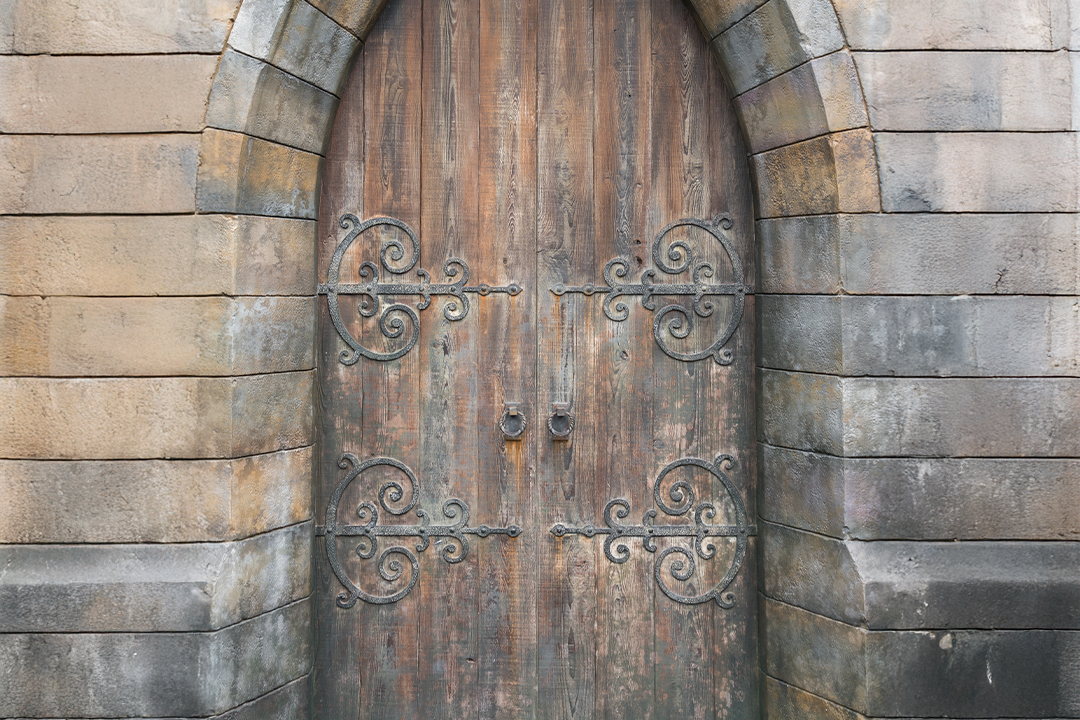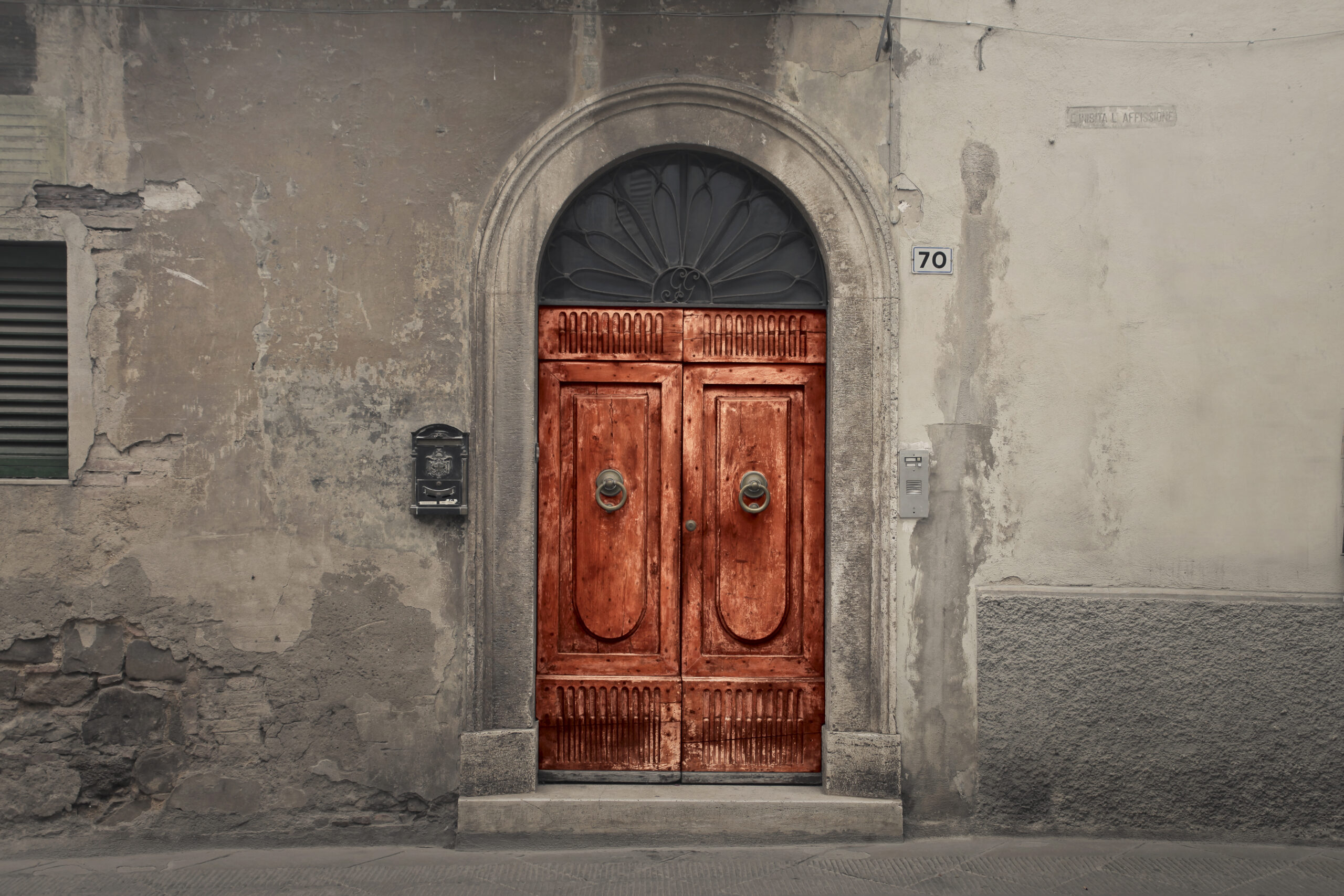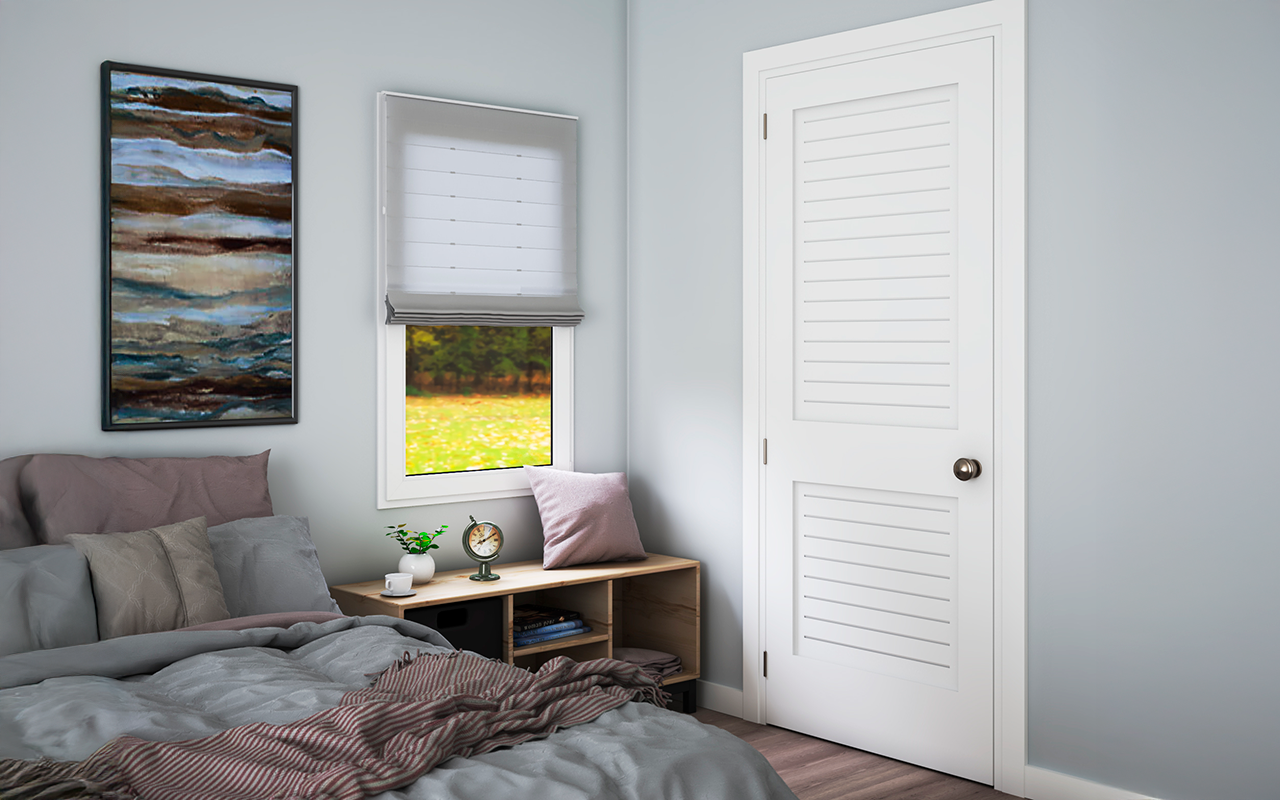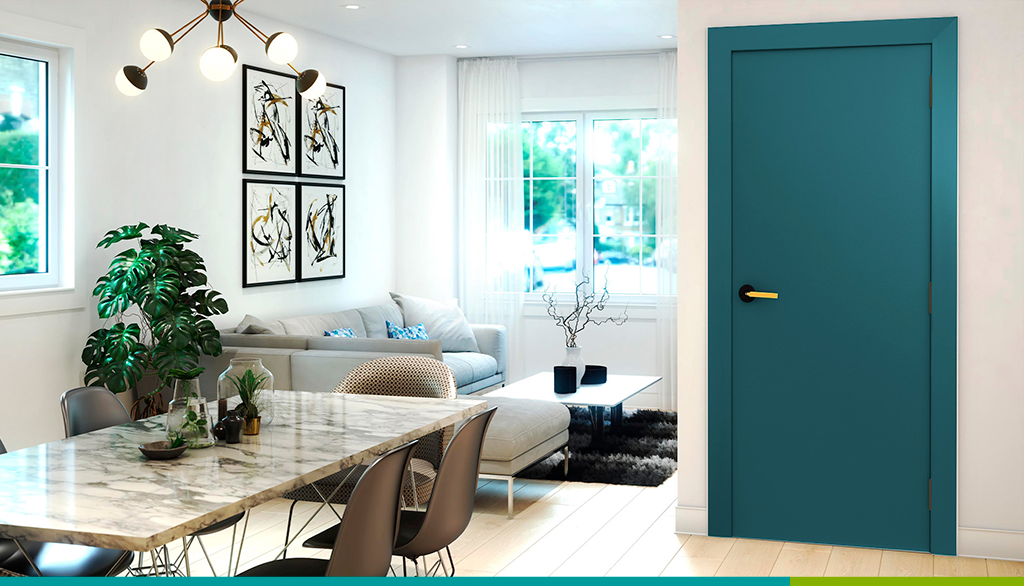A Door to the Past: Exploring the Evolution of Interior
Door Styles Throughout History
Doors do more than open and close—they tell stories. From ancient stone slabs to sleek modern panels, interior doors have evolved alongside architecture, culture and technology. Join us on a journey through time as we explore how door design has changed and discover how EightDoors continues the tradition with timeless styles and modern craftsmanship.
Ancient Times to the Medieval Period
Early Materials and Function
The earliest doors weren’t doors as we know them—they were functional barriers made from whatever was available: stone, wood or woven reeds. In ancient Egypt, simple wooden doors pivoted on pins. In Greece and Rome, bronze and marble doors were symbols of status and permanence, though function remained central. These early designs prioritized durability and protection.
The Rise of Wood and Intricate Carving
By the medieval period, wood had become the material of choice. With the rise of carpentry as a craft, door styles began to reflect artistry. Heavy oak doors with iron hardware were common in castles and monasteries. Intricate carvings, arches and religious motifs turned doors into expressions of culture and craftsmanship.

The Renaissance and Baroque Eras
Elaborate Ornamentation
The Renaissance revived classical aesthetics and humanist ideals, which extended into architecture and interior design. Doors became more than entryways—they were canvases for artistic expression. Moldings, panels and inlays grew more refined, showcasing symmetry and detail.

Baroque Grandeur
Baroque design took things a step further with dramatic flourishes, curved profiles and grand scale. Doors featured ornate carvings, gilded accents and luxurious materials. They reflected power and opulence—true statements of status.

The Industrial Revolution and Beyond
Simplicity and Functionality
The 19th century marked a major turning point in interior design thanks to the Industrial Revolution. As new machinery made woodwork faster and more uniform, door styles shifted away from hand-carved opulence toward mass-produced practicality. This era embraced clean lines, symmetry and repeated panel patterns—particularly the now-classic four- or five-panel door layout.
Victorian homes, for example, often featured tall interior doors with narrow stiles and rails, emphasizing verticality. Raised panels were common, typically framed by molded trim that offered subtle decoration without excess. Doors were usually painted in muted tones like cream, brown or olive, and hardware such as porcelain or brass knobs became widely available through catalog orders.
Pocket doors and double doors gained popularity for separating formal and informal areas while saving space. Soundproofing and insulation also became considerations as homes grew larger and more compartmentalized.
Today, this focus on utility and refinement still resonates. The EightDoors primed shaker panel doors are a modern take on this enduring tradition, offering minimalist beauty, solid construction and a nod to the elegant practicality of the 19th century.

Modernism and Beyond
As the 20th century progressed, the world of interior design experienced a profound transformation. Modernism emerged as a reaction against the ornate, heavy styles of the past, embracing simplicity, functionality, and the idea that form should follow function.
Modernist interior doors reflected this new mindset by shedding excess decoration. Door styles became sleeker, cleaner, and more streamlined, often featuring flat panels or glass inserts to introduce light into spaces.
The use of glass in doors became increasingly popular during this period, allowing rooms to feel more open and connected while maintaining privacy and separation.
One of the defining features of modernist doors was the emphasis on materials. Wood was still a favored choice, but it was often paired with metal and glass to create a balanced aesthetic of both warmth and modern sophistication.
Steel-framed glass doors became a hallmark of mid-century modern homes, with their minimalist design providing a sense of openness and connectivity while still offering structural integrity.
Today, EightDoors flat louver doors reflect that modernist ethos—providing airflow, privacy and a clean profile. And for those who love a touch of transparency, the primed shaker glass doors blend modern style with timeless elegance, allowing light to flow between spaces while maintaining structure.

Sustainability in the 21st Century
As environmental awareness has grown, so has demand for eco-friendly materials. The door industry is no exception. Homeowners today are looking for products that are not only beautiful and durable but also responsibly sourced.
EightDoors is proud to offer FSC-certified wood, ensuring that every door supports responsible forest management and contributes to a more sustainable future. It’s a modern solution that respects both tradition and the planet.



